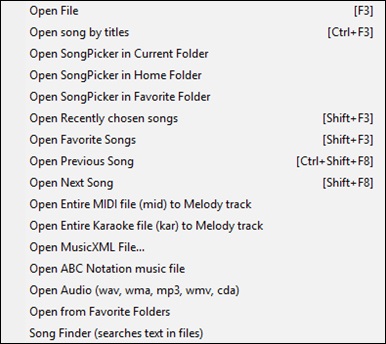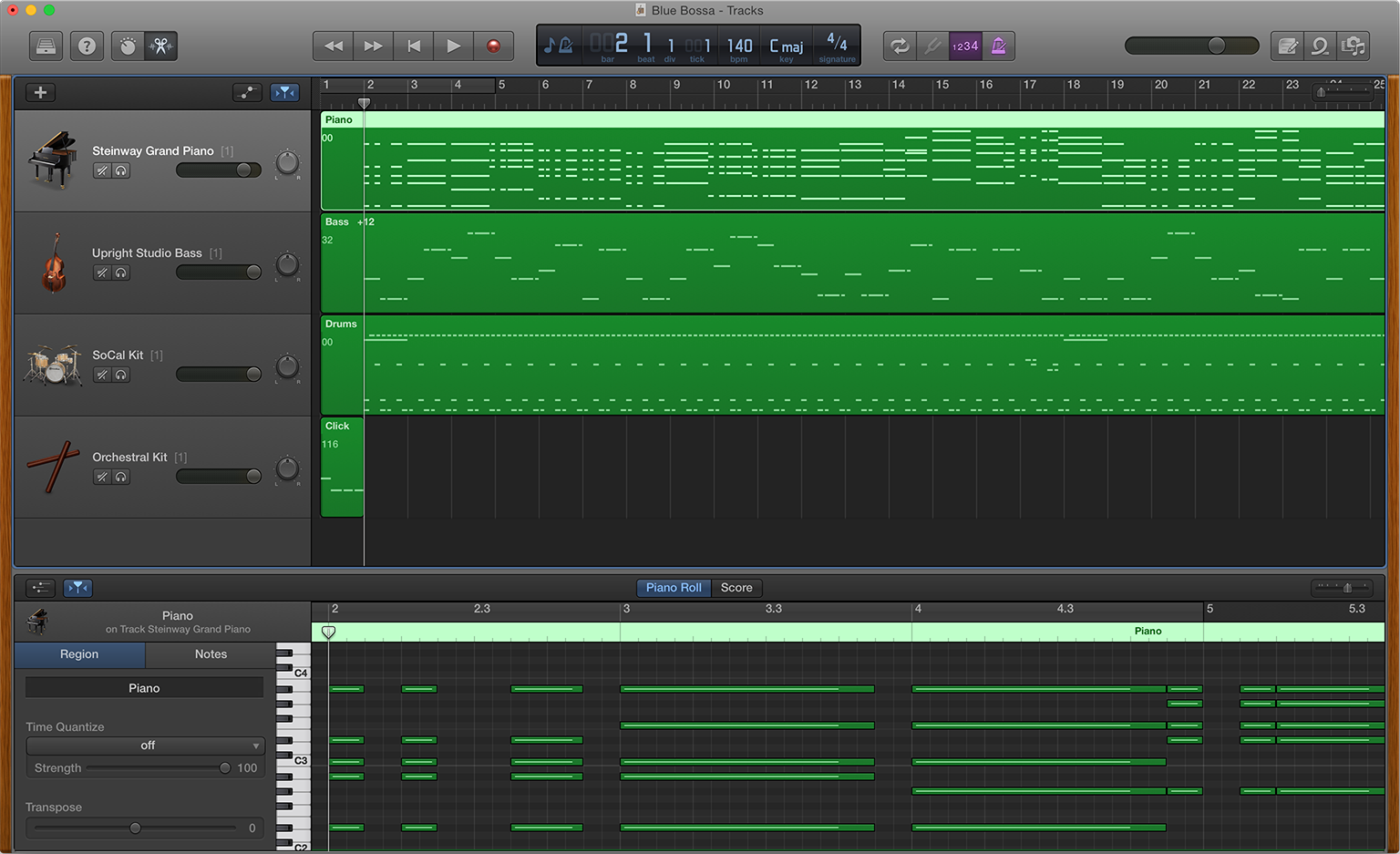Uploading
Free MusicXML viewer
But it can also be used as a MIDI player, MIDI compiler or decompiler, Karaoke player, MIDI file analyzer or a player for several more file formats. MusicXML, Capella, and several more formats. (MuseScore must be installed separately, if one of these formats is used.) The. What is MusicXML? MusicXML is a standard for sharing music notation — a lingua franca for music scores. Many notation programs can export it. What does this service do? You’ll see a web page displaying your notation. You’ll be able to listen to it, hide parts and transpose. It’s only visible to your computer, and only for 10 minutes. Midi and MusicXml Player plays with a possible selection of which tracks to play. The tempo may be changed, the tune may be transposed and tracks can change panorama from left to right. Draw the file into the window or use the open-dialog. It is made for musical training, singing, and playing. Music21 builds on preexisting frameworks and technologies such as Humdrum, MusicXML, and MIDI but music21 uses an object-oriented framework that makes it easier to handle complex data. At the same time music21 tries to keep its code clear and make reusing existing code simple.
Upload any MusicXML file, and we’ll show you the notation.
Terms of Service: This free service is provided as-is. You grant us the right to use your uploaded file(s) to improve our service. We won’t share your uploads with anybody.
What is MusicXML?
MusicXML is a standard for sharing music notation — a lingua franca for music scores. Many notation programs can export it.
What does this service do?

You’ll see a web page displaying your notation. You’ll be able to listen to it, hide parts and transpose. It’s only visible to your computer, and only for 10 minutes.
Why does this exist?
Midi And Musicxml Player App
There’s no fast, free and high-quality way to view MusicXML files. Until now!
Why is this free?
We’re hoping you’ll love us enough to create a free Soundslice account. That lets you save your work (“slices”), share them, embed them and sync recordings/videos.
Midi And Musicxml Player Pro
Can I see an example?
Sure, you’ll find a ton of examples being posted every day by our community.
What are the limitations with the rendering?
There are several things our renderer doesn’t yet handle — mostly advanced/obscure aspects of music notation and MusicXML. Feel free to contact us if you have questions.
What if I see a notation rendering error?
Please contact us, so we can fix it! Let us know the URL of your upload.
MusicXML and MIDI handle note representation and sound differently.

Advantages of MusicXML

MIDI tracks contain MIDI notes and other MIDI data. A MIDI note in Cubase is only defined by its position, length, pitch, and velocity. This is not enough information to determine how the note is displayed in a score. For a correct representation, Cubase also needs the following information:
Stem direction and beaming
Expression marks (staccato, accent, ties, and slurs)
Information about the instrument in the score
Key and basic rhythm of the piece
Grouping of notes
MusicXML can save a great part of this information. However, you must adjust the scores with the tools available in the Score Editor.
Advantages of MIDI
Although MusicXML has obvious advantages in the representation of musical scores, there are also restrictions in sound. This is because MusicXML as a music notation format has a graphical background and is designed for exchanging representation, not sound.

When playing back MusicXML files in Cubase, the following parameters, among others, are not considered:
On and Off velocities
Dynamics
Controller data
SysEx
Standard MIDI file meta events
Audio
All Cubase-specific data like automation, MIDI effects, Input Transformer, etc.

